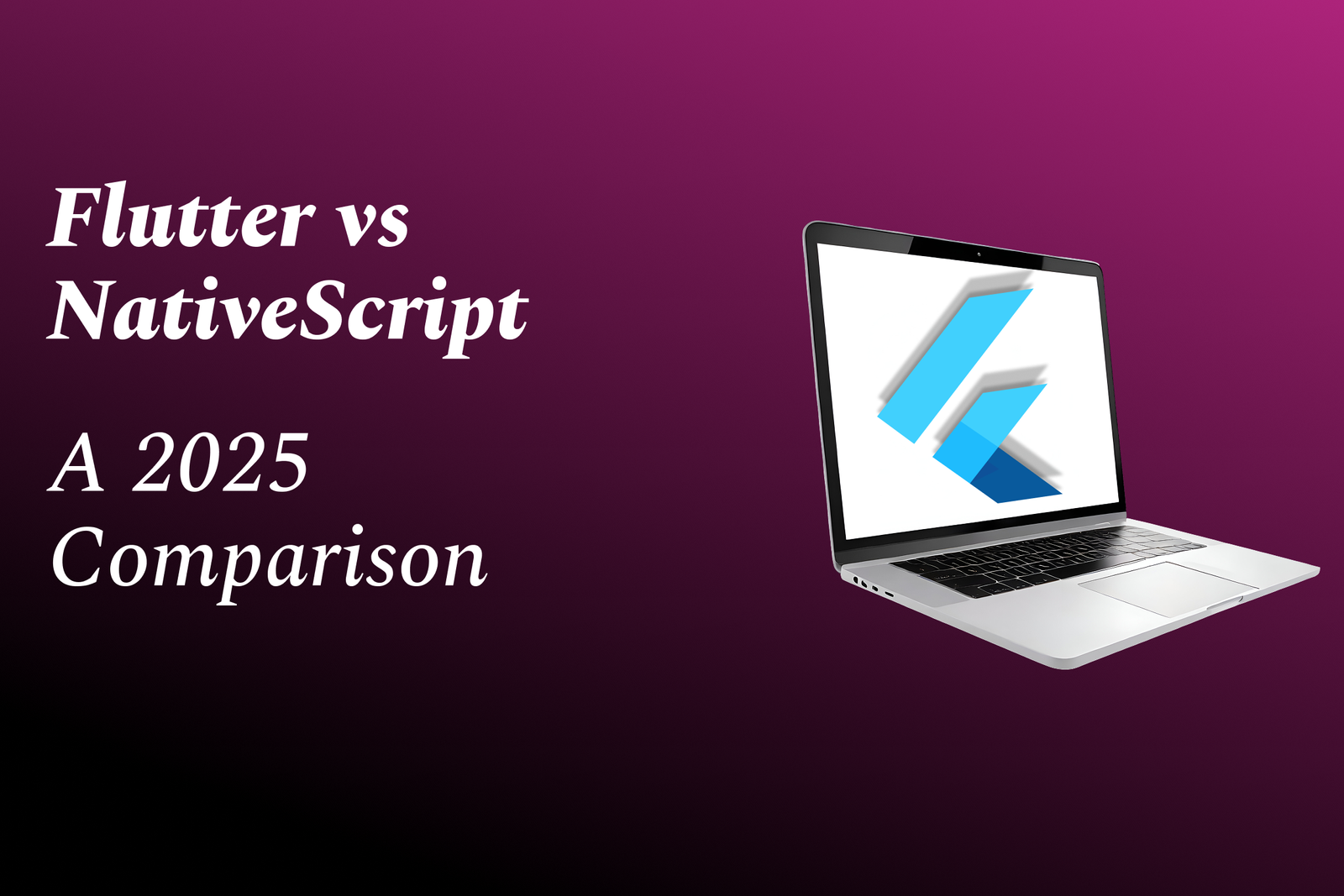Java build lifecycle
Understanding the Java Build Lifecycle
Java build lifecycle
The Java Build Lifecycle is a structured process that defines the series of phases through which a Java project progresses from source code to a runnable or deployable artifact. It is primarily governed by build tools like Apache Maven, which organizes project management around specific phases, namely: `validate` (checking if the project is correct), `compile` (converting source code into bytecode), `test` (running unit tests), `package` (packing the compiled code into formats like JAR or WAR), `verify` (running quality checks), `install` (placing the package into the local repository), and `deploy` (copying artifacts to a remote repository for sharing). Each phase can be customized with plugins and configurations specific to the project, allowing for a flexible and systematic approach to building Java applications. The lifecycle ensures that the necessary steps are followed consistently, making it easier to manage dependencies, automate testing, and facilitate continuous integration and delivery.
To Download Our Brochure: https://www.justacademy.co/download-brochure-for-free
Message us for more information: +91 9987184296
1 - Definition of Build Lifecycle: The Build Lifecycle in Java, particularly with Maven (a popular build automation tool), refers to a defined sequence of tasks (goals) to produce artifacts (e.g., JAR files, WAR files) from source code.
2) Lifecycle Phases: The Java Build Lifecycle is divided into three main phases: Build, Test, and Deploy. Each phase contains a set of goals that are executed sequentially.
3) Default Lifecycle: The default lifecycle is composed of specific phases: validate, compile, test, package, verify, install, and deploy. Each of these phases has a distinct purpose in the build process.
4) Validate Phase: In this initial phase, Maven checks if the project is correct and all necessary information is available. This includes validating the project structure and configuration.
5) Compile Phase: During the compile phase, the source code is compiled into binary classes. If there are compilation errors, they will be reported here.
6) Test Phase: The test phase executes the test cases written in the project. It typically uses a testing framework like JUnit to run unit tests on the compiled code.
7) Package Phase: After compiling and testing, the package phase creates the distributable format, like a JAR or WAR file, containing the compiled code and resources.
8) Verify Phase: This phase performs additional checks on the results of the build, ensuring that the quality criteria are met (e.g., running integration tests).
9) Install Phase: The install phase copies the packaged artifact into the local Maven repository, making it available for other projects on the local machine.
10) Deploy Phase: The final phase uploads the packaged artifact to a remote repository (such as Maven Central or a private repository) so it can be shared with other projects.
11) Plugins and Goals: Maven uses plugins to perform tasks associated with each phase. Each goal of a plugin can be bound to one or more lifecycle phases.
12) Custom Lifecycle: Developers can create custom lifecycles by defining new phases and binding different goals to them, allowing for greater flexibility and customization according to project needs.
13) Execution Order: It is important to understand the execution order; for example, if you execute the `mvn package` command, it will execute all prior phases (validate, compile, test) in order before packaging the artifact.
14) Profiles: Maven supports profiles that allow developers to customize the build lifecycle according to different environments (development, testing, production), enabling conditional execution of goals.
15) Continuous Integration/Continuous Deployment (CI/CD): The Java Build Lifecycle integrates seamlessly with CI/CD tools, aiding in automatic builds, testing, and deployments, enhancing development productivity.
16) Visualizing Lifecycle: Tools like Maven's dependency graph can visually represent the lifecycle and how various goals interact, helping students understand the build process better.
17) Error Handling: Throughout the build lifecycle, understanding how to handle and troubleshoot errors that arise during each phase is crucial for developers.
18) Best Practices: Discussing best practices for managing dependencies, organizing project structure, and maintaining a clean build environment can greatly enhance the learner's understanding.
19) Importance of Build Lifecycle in Development: Emphasizing how the build lifecycle enhances the development process, ensures code quality, and streamlines deployment will help students appreciate its significance.
20) Hands On Practice: Finally, covering hands on exercises that allow students to create, test, and deploy a simple Java application using Maven will solidify their understanding of the Java Build Lifecycle.
This comprehensive overview should serve as a solid foundation for your training program on the Java Build Lifecycle.
Browse our course links : https://www.justacademy.co/all-courses
To Join our FREE DEMO Session: Click Here
Contact Us for more info:
React vs ReactJS
Interview Questions for Java Developer Fresher 2024
salesforce training institute
Software Testing Course In Gujarat
Best Software Testing Institute











